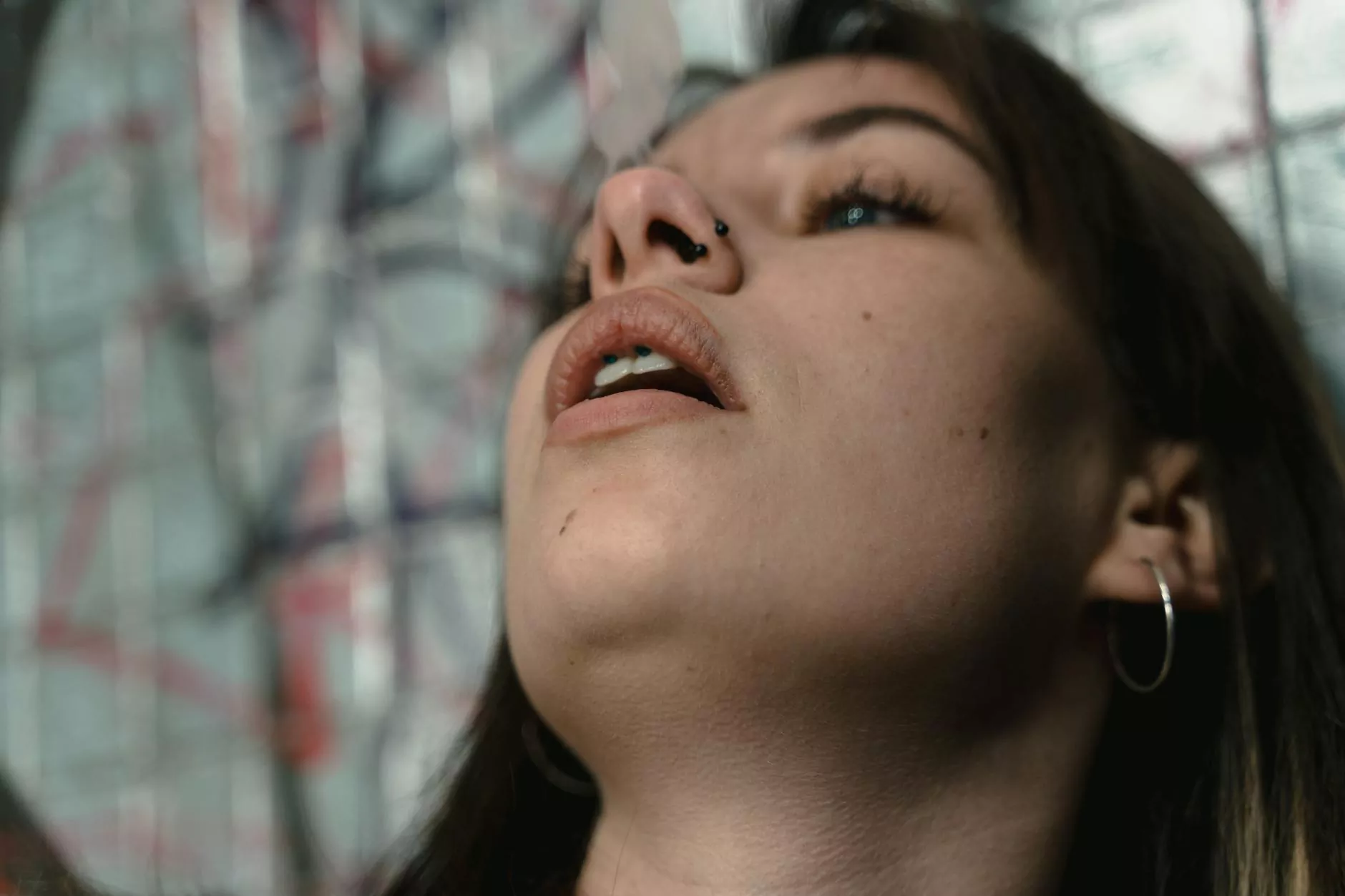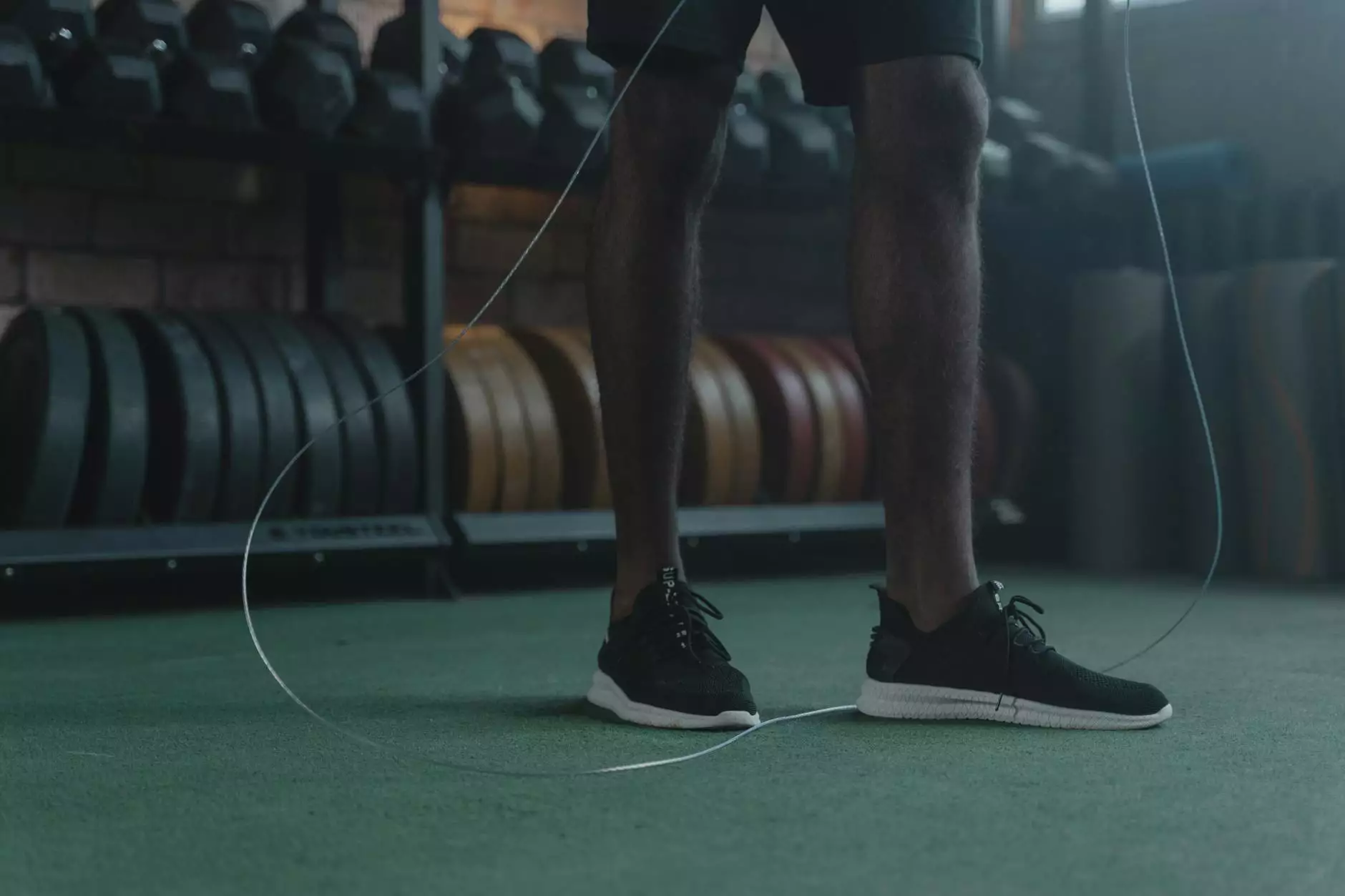Postnatal Pilates for Diastasis Recti: A Comprehensive Guide

After childbirth, many women experience a common condition known as diastasis recti, which is the separation of the abdominal muscles. This condition can lead to not only physical discomfort but also self-image concerns. Thus, seeking effective methods for recovery is crucial. One of the best approaches is postnatal Pilates, a gentle yet effective form of exercise designed to help women strengthen their bodies after giving birth while specifically addressing diastasis recti.
Understanding Diastasis Recti
Diastasis recti occurs when the right and left sides of the abdominal muscles separate. This condition is particularly common during and after pregnancy due to the pressure exerted on the abdomen by the growing uterus. Various factors can contribute to its severity, such as genetics, the number of pregnancies, and the physical fitness of the mother before and during pregnancy.
Symptoms of Diastasis Recti
- Visible Bulge: A noticeable bulge in the middle of the stomach when lying down or straining.
- Lower Back Pain: Weakness in the core can lead to discomfort and pain.
- Postural Issues: Women may start to develop poor posture.
- Difficulty with Exercises: Traditional abdominal exercises may become challenging or painful.
Benefits of Postnatal Pilates
Postnatal Pilates is a tailored exercise program that not only helps in healing diastasis recti but also provides a host of other benefits:
- Strengthens the Core: Focuses on deep core muscles, essential for recovery.
- Improves Posture: Helps realign the spine and pelvis, which may be affected after pregnancy.
- Enhances Flexibility: Increases mobility, which may be restricted due to physical changes during pregnancy.
- Boosts Psychological Well-Being: Engaging in physical activity can enhance mood and reduce feelings of anxiety associated with new motherhood.
Getting Started with Postnatal Pilates
Before beginning any exercise program, it is essential to consult with a healthcare professional, especially after childbirth. Once you receive the green light, you can start incorporating postnatal Pilates into your routine.
Finding the Right Instructor
Look for a certified Pilates instructor who specializes in postnatal recovery. An expert can offer personalized modifications and ensure that exercises are safe and beneficial for your condition. Recommendations from other mothers, local health clubs, or online platforms such as Hello Physio can be valuable in finding the right resource.
Essential Pilates Exercises for Diastasis Recti
Here are some effective exercises to incorporate into your postnatal Pilates routine:
1. Diaphragmatic Breathing
This fundamental Pilates move helps to engage the core and deepen awareness of breath. How to do it:
- Lie on your back with your knees bent and feet flat on the floor.
- Place one hand on your chest and the other on your belly.
- Inhale deeply through your nose, allowing your belly to rise while keeping your chest still.
- Exhale slowly through your mouth, feeling your belly drop.
2. The Pelvic Floor Lift
Strengthening the pelvic floor is crucial postnatally. How to do it:
- In a comfortable seated or lying position, imagine you are trying to stop the flow of urine.
- Engage your pelvic floor muscles and hold for a count of 5.
- Relax and repeat 10-15 times.
3. Abdominal Contractions
This exercise targets the deep transverse abdominal muscles. How to do it:
- While lying on your back, bend your knees with feet flat on the floor.
- Inhale, allowing your belly to rise.
- Exhale and gently pull your belly button towards your spine.
- Hold for a few seconds and release. Repeat for 10-15 reps.
4. Modified Plank
Strengthens the core while minimizing pressure on the abdominal wall. How to do it:
- Begin on your hands and knees.
- Step one foot back at a time until you form a straight line from head to heels, keeping your knees on the ground if needed.
- Engage your core and hold for 10-30 seconds, breathing steadily.
Common Mistakes to Avoid
When engaging in postnatal Pilates or any exercise program, it's crucial to avoid common pitfalls:
- Rushing the Process: Allowing your body to heal before diving into intense exercises is vital.
- Poor Form: Focus on maintaining proper form to prevent injury.
- Ignoring Discomfort: Listen to your body. If something doesn’t feel right, stop and consult an expert.
Diet and Lifestyle Considerations
Alongside postnatal Pilates, maintaining a balanced diet is essential for recovery. Dietary choices that include whole foods, lean proteins, and fiber-rich fruits and vegetables will support your healing journey. Additionally, staying hydrated is crucial for overall health.
The Importance of Rest
New mothers often find it challenging to rest amid their responsibilities. However, adequate rest is paramount for recovery. Sleep is when the body repairs itself, and both physical and mental health are enhanced through restorative rest.
Connecting with Community and Support
Engaging with other mothers going through similar experiences can provide emotional support and encouragement. Consider joining a local postnatal Pilates class or online community. Sharing tips, challenges, and successes can enhance your recovery journey.
Conclusion
Postnatal Pilates is not just about physical recovery from diastasis recti; it’s a holistic approach to embracing your new role as a mother while nurturing your body’s health. Remember, recovery takes time, and every small step counts. By incorporating gentle exercises, proper nutrition, and emotional support, you can successfully navigate the postnatal period with confidence and grace.
For more information about postnatal Pilates and to explore personalized physical therapy options, visit Hello Physio today. Take that first step towards reclaiming your strength and well-being.
postnatal Pilates diastasis recti








